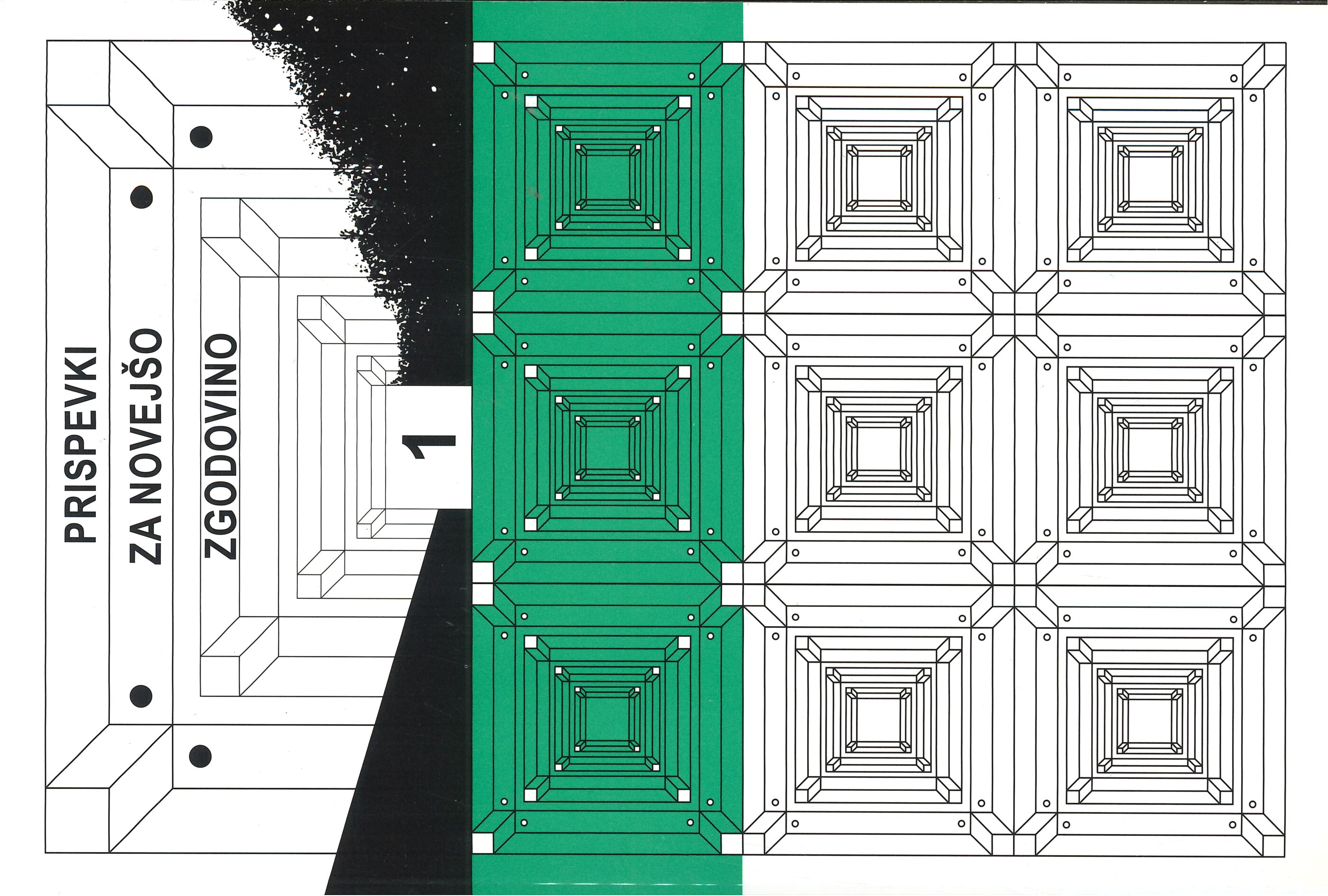Demokracija in demokratičnost v Osvobodilni fronti
Ključne besede:
Slovenija, druga svetovna vojna, Osvobodilna fronta slovenskega naroda, Komunistična partija Slovenije, Dolomitska izjava, ljudska oblast, protirevolucionarni taborPovzetek
Osvobodilna fronta slovenskega naroda je zaradi svojega (vsaj na začetku) koalicijskega značaja predstavljala edinstven primer političnega organiziranja odporniškega gibanja v času druge svetovne vojne. Vendar je imela Komunistična partija Slovenije (KPS) kot najpomembnejši organizator odpora že od začetka prevlado v vojaških, političnih in represivnih organih, kar ji je omogočilo, da je med vojno pridobila vse vzvode odločanja. Poleg boja za osvoboditev domovine je bila pri KPS namreč opazna tudi ideja o izvedbi socialistične revolucije, s svojim revolucionarnim značajem pa je v osvobodilno gibanje vnesla elemente nedemokratičnosti. Svojo težnjo, da odvzame vodilni položaj ne samo predvojnemu političnemu vodstvu, temveč da tudi znotraj gibanja obdrži nadzor in že med vojno pripravi izhodišče za revolucionarni prevzem oblasti, je izpolnila z Dolomitsko izjavo, s katero je bila marca 1943 tudi formalno priznana vodilna vloga KPS in odpravljena koalicijska narava OF, saj sta se morali preostali temeljni skupini v OF (krščanskosocialistična in sokolska) na račun enotnosti odpovedati posebni organiziranosti, svojemu aktivističnemu kadru in nameri, da bi kdaj ustanovili svoji stranki. To je KPS omogočilo, da je kasneje vpeljala enopartijski sistem in absolutno partijsko hegemonijo oziroma sovjetsko obliko nedemokratičnega sistema ter začela obračunavati s svojimi političnimi nasprotniki in t. i. narodnimi sovražniki.
Prenosi
Objavljeno
Številka
Rubrika
Licenca
Avtorji prispevkov, objavljenih v tej reviji, soglašajo z naslednjimi pogoji glede avtorskih pravic:
- Avtorji ohranijo avtorske pravice, reviji pa odobrijo pravico do prve objave. Delo se hkrati zaščiti z licenco za prosto uporabo avtorskih del (Creative Commons Attribution License), ki drugim osebam omogoča deljenje dela ob priznanju avtorstva in prve objave v tej reviji.
- Avtorji lahko sklenejo ločene dodatne pogodbene dogovore za neizključno distribucijo različice dela, objavljene v reviji, (npr. oddaja v institucionalni repozitorij ali objava v knjigi) z navedbo, da je bilo delo prvič objavljeno v tej reviji.
- Pred postopkom pošiljanja in med njim lahko avtorji delo objavijo v spletu (npr. v institucionalnih repozitorijih ali na svoji spletnih strani), k čemer jih tudi spodbujamo, saj lahko to prispeva k plodnim izmenjavam ter hitrejšemu in obsežnejšemu navajanju objavljenega dela (glej The Effect of Open Access).


